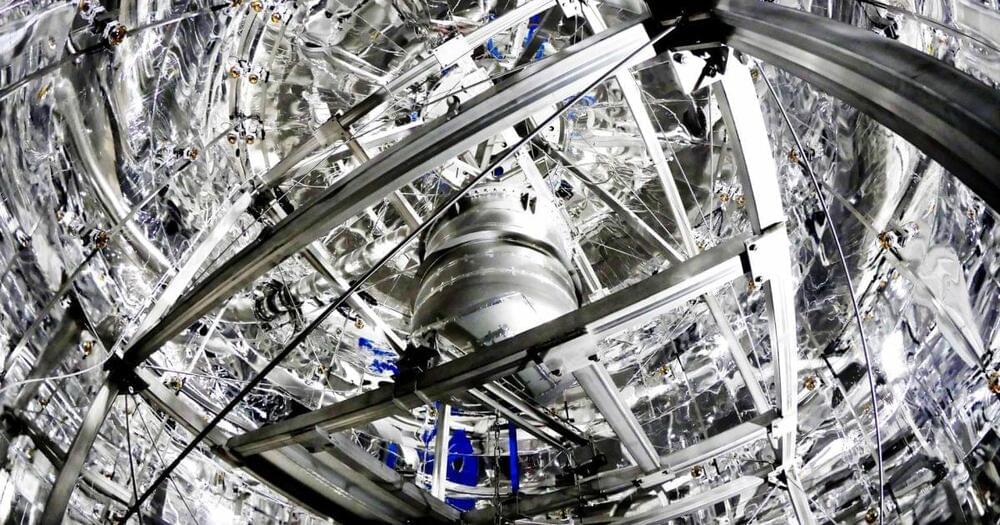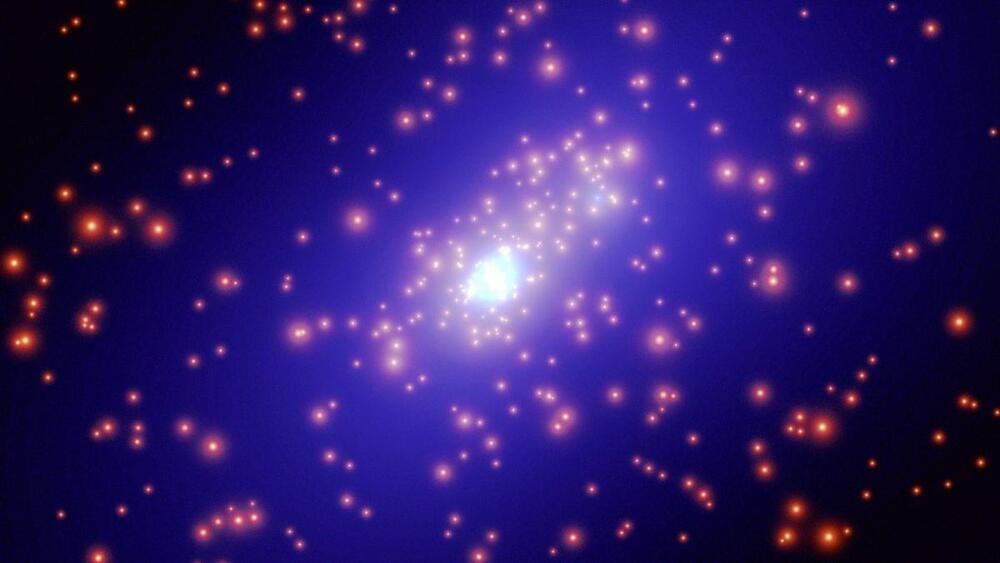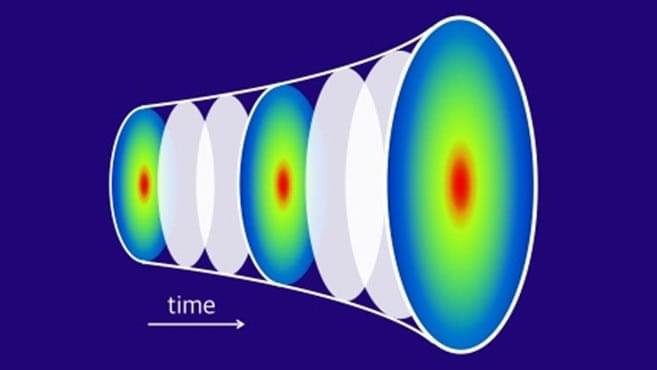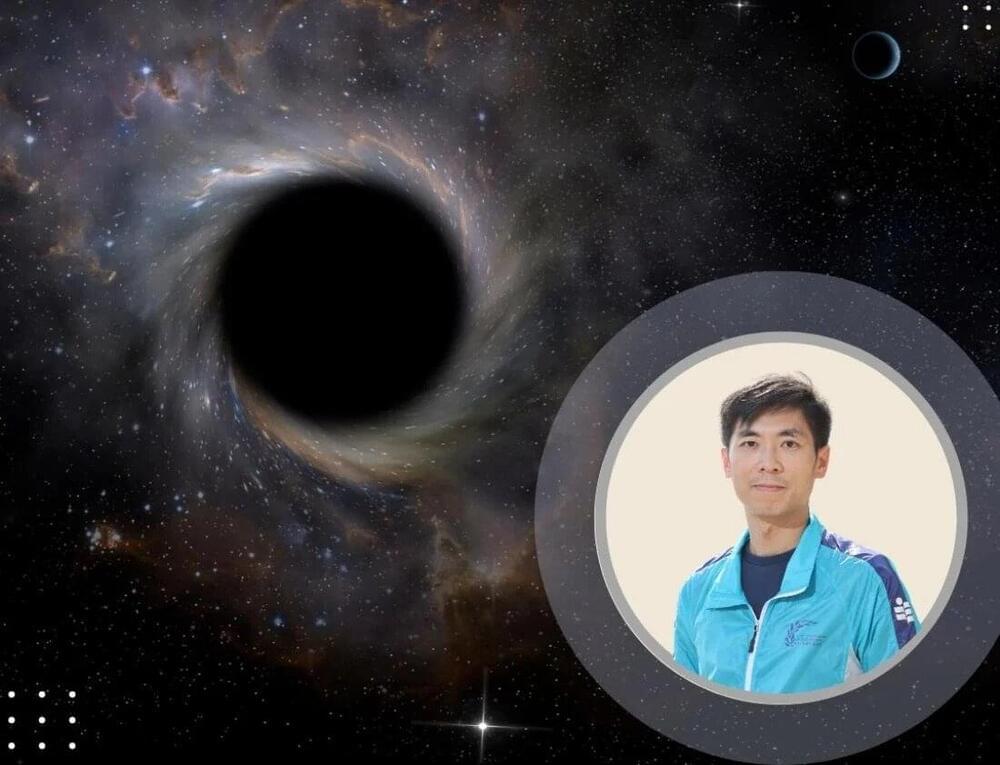A probe going through a wormhole should be able to send messages home before such a tunnel forever closes, a new computer model finds.




Just a couple of years earlier, in 1963, New Zealand mathematician Roy Kerr found a solution to Einstein’s equation for a rotating black hole. This was a “game changer for black holes,” Giorgi noted in a public lecture given at the virtual 2022 International Congress of Mathematicians. Rotating black holes were much more realistic astrophysical objects than the non-spinning black holes that Karl Schwarzschild had solved the equations for.
“Physicists really had believed for decades that the black hole region was an artifact of symmetry that was appearing in the mathematical construction of this object but not in the real world,” Giorgi said in the talk. Kerr’s solution helped establish the existence of black holes.
In a nearly 1,000-page paper, Giorgi and colleagues used a type of “proof by contradiction” to show that Kerr black holes that rotate slowly (meaning they have a small angular momentum relative to their mass) are mathematically stable. The technique entails assuming the opposite of the statement to be proved, then discovering an inconsistency. That shows that the assumption is false. The work is currently undergoing peer review. “It’s a long paper, so it’s going to take some time,” Giorgi says.

Thetechnodrom.com is the place for every science and tech lover out there. Since the beginning of time, people have been interested in weird creatures and inventions, and The Technodrom is here to provide all the answers.


Unfortunately for the field of cosmology, there is only one universe. This makes performing experiments in the same way as other scientific fields quite a challenge. But it turns out that the universe and the quantum fields that permeate it are highly analogous to quantum fluids like Bose-Einstein condensates (BECs), at least from a mathematical point of view. These fluids can be the subject of experiments, allowing cosmology to be studied in the lab.
\r \r.
In a paper published in Nature, researchers at Heidelberg University in Germany have for the first time used a BEC to simulate an expanding universe and certain quantum fields within it. This allows for the study of important cosmological scenarios. Not only is the universe currently expanding, but it is believed that in the first fractions of a second after the Big Bang it underwent a period of extremely rapid expansion known as “inflation.” This process would have expanded the microscopic fluctuations of quantum fields in the early universe to the size of galaxy clusters, seeding the large-scale structure of our universe today.
It’s time to explore what might be the ultimate starship! The Kugelblitz Black Hole Starship! Can you really create an artificial black hole? If so, how much energy would it generate, and how fast could it propel a ship across he galaxy? The answers are simply mind-blowing.
#space #blackhole #interstellar.
Please support my channel! EARLY VIDEO RELEASES, DISCORD MEMBERSHIP AND EXCLUSIVE CONTENT PLUS 15% OFF MERCH!
https://www.patreon.com/AngryAstronaut.
https://www.paypal.com/paypalme/AngryAstro.
https://www.researchgate.net/publication/293633217_Accelerat…z_Starship
What if we’ll always be at the bottom of the Kardashev Scale? Join us… and find out!
Subscribe for more from Unveiled ► https://wmojo.com/unveiled-subscribe.
Did an advanced civilization exist before us? Could they have CREATED us?? In this video, Unveiled takes a closer look at the idea that humankind is actually built be a HIGHER POWER… that we’re really controlled by a force that’s beyond our recognition… and finds out what it could mean for the future of our species!
This is Unveiled, giving you incredible answers to extraordinary questions!
Find more amazing videos for your curiosity here:
What If We’re the Remnants of a Type III Civilization? — https://youtu.be/tku2lTWNMMU
5 Discoveries That Could Change Ancient History — https://youtu.be/TFcAC8kFkkY
0:00 Start.

Dark matter does not emit or reflect light, nor does it interact with electromagnetic forces, making it exceptionally difficult to detect. Nevertheless, a research team from The Education University of Hong Kong (EdUHK) has proven that there is a substantial amount of dark matter surrounding black holes. The study results are published in the journal The Astrophysical Journal Letters.
The team selected two nearby black holes (A0620-00 and XTE J1118+480) as research subjects, with both considered as binary systems. That is, each of the black holes has a companion star orbiting it. Based on the orbits of the companion stars, observations indicate that their rates of orbital decay are approximately one millisecond (1ms) per year, which is about 50 times greater than the theoretical estimation of about 0.02ms annually.
To examine whether dark matter exists around black holes, the EdUHK team applied the “dark matter dynamical friction model”—a theory widely held in academia—to the two chosen binary systems, through computer simulations. The team found that the fast orbital decay of the companion stars precisely matches the data observed.
